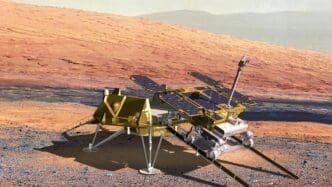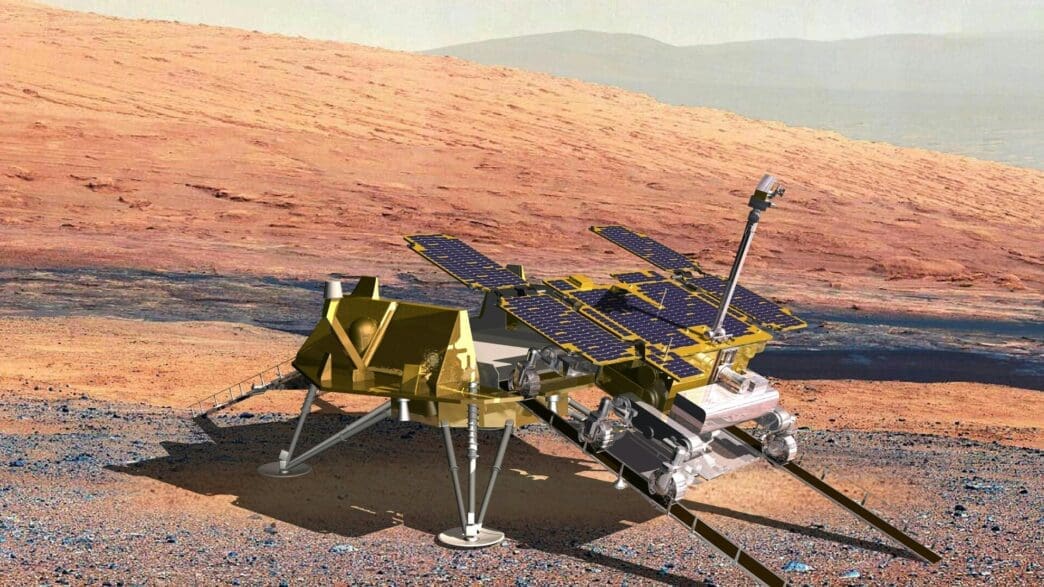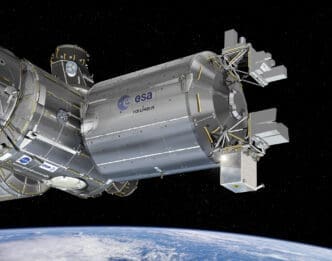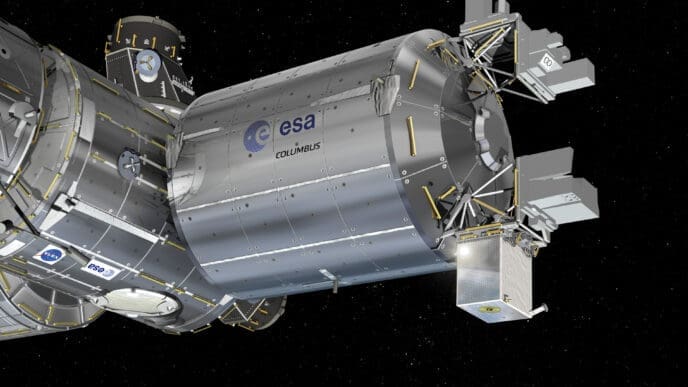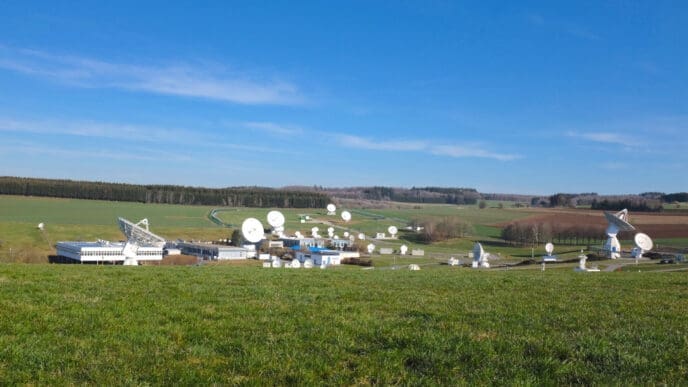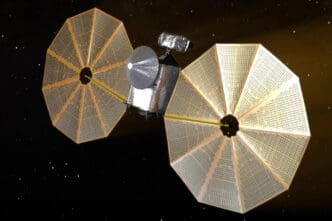The European Space Agency (ESA) has entrusted Airbus with the significant task of designing and constructing the landing platform for the ExoMars Rosalind Franklin rover. Scheduled for launch in 2028, this ambitious mission aims to uncover evidence of past and present life on Mars. Airbus engineering teams based in the United Kingdom will focus on developing the mechanical, thermal, and propulsion systems essential for a secure descent onto the Martian terrain by 2030. This comprehensive development includes the landing structure, a major propulsion system for final braking, and stabilizing gear for the lander once it reaches Martian soil.
Rosalind Franklin is set to make history as the first rover to drill up to two meters beneath Mars’ surface, retrieving samples shielded from the radiation and extreme temperatures above. This mission will also showcase pivotal technologies Europe needs to master for future planetary exploration, such as safe planetary landing, surface mobility, and autonomous sample analysis.
One of the mission’s most daunting tasks is the Mars landing itself. The descent from atmospheric entry to surface touchdown will be completed in a mere six minutes. To achieve this, the spacecraft will employ a series of parachutes and retro rockets, reducing its speed from 45 meters per second to less than 3 meters per second just before landing. Two ramps will be deployed from opposite sides of the lander, providing the rover with multiple paths to traverse the surface via the safest route. To avoid complications from Mars’ global dust storm season, the rover’s touchdown is slated for 2030.
Originally constructed in the bio-burden cleanroom at Stevenage in the UK, the Rosalind Franklin rover was delivered to TAS in France in 2019. The initial launch was set for 2022, but was postponed in response to the geopolitical tensions following the Russian invasion of Ukraine. With remarkable adaptability, ESA, its Member States, and European industry restructured the mission, fostering new synergies and partnerships. Presently, ESA, European industry, and NASA are collaborating to enhance and ready the Rosalind Franklin rover for its anticipated 2028 launch aboard a US rocket.
Preparations include integrating heater units to ensure the rover’s warmth on Mars and implementing a new software mode for rapid transition to autonomous operation post-landing. Kata Escott, managing director at Airbus Defence and Space UK, remarks, “Getting the Rosalind Franklin rover onto the surface of Mars is a huge international challenge and the culmination of more than 20 years’ work. The mission will supercharge our space know-how in the UK and will advance our collective understanding of our Solar System.”
